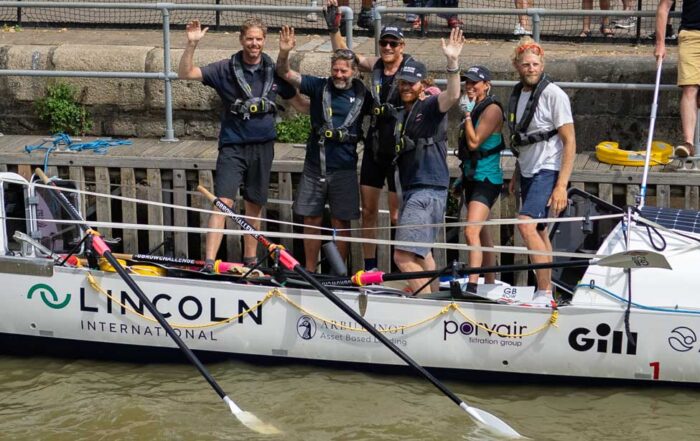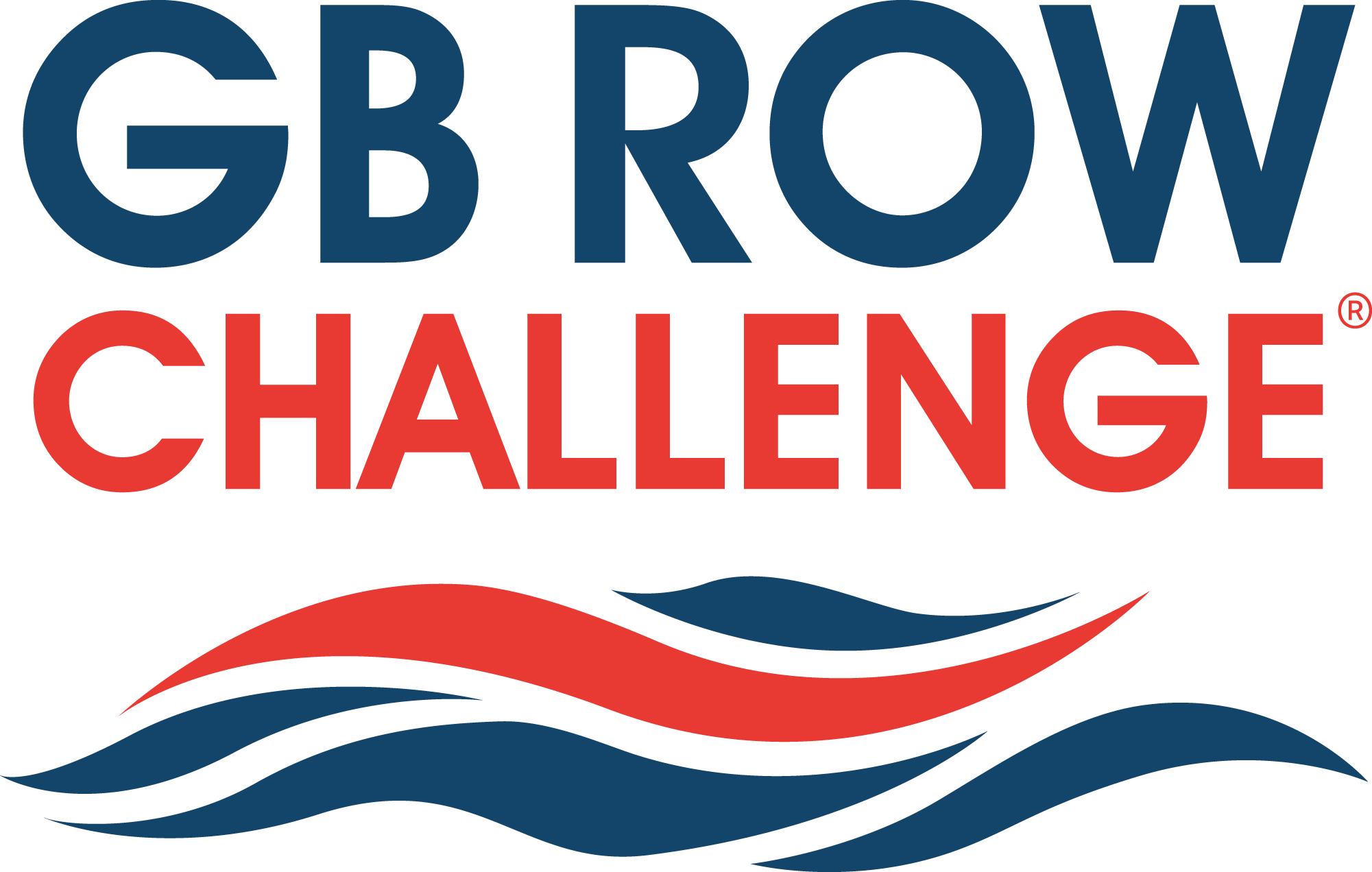Tackling ocean pollution is one of the biggest environmental challenges of our time. Extreme rowing challenges are now playing a vital role in tackling ocean polluting by gathering valuable data, raising awareness, and inspiring action. Rowers navigating long distances across open waters see the impact of pollution first-hand, making them key contributors to the fight against marine waste.
Every year, millions of tonnes of plastic, chemicals, and waste enter the ocean, harming marine life and ecosystems. Extreme rowing events, such as endurance races and record-breaking expeditions, are now being used to collect scientific data on pollution levels. Rowers take water samples, record plastic waste sightings, and work with researchers to understand the full extent of the problem. Their efforts provide crucial evidence to push for stronger environmental policies.
Beyond data collection, these events also bring global attention to ocean pollution. When people see rowers struggling through polluted waters or pulling plastic from their oars, it sparks conversations and encourages action. Many rowing teams use their platform to educate the public, partner with conservation groups, and raise funds for clean-up projects.
Rowers also experience the impact of pollution in real-time, encountering plastic islands, struggling against oil spills, and even spotting wildlife trapped in debris. Their stories highlight the urgency of protecting our oceans and inspire both individuals and governments to act.
In this article, we at GB Row Challenge will explore why tackling ocean pollution is more urgent than ever, how extreme rowing challenges contribute to marine conservation, and what role rowers play in collecting valuable environmental data. We’ll also look at the obstacles they face and how you can support their efforts to keep our oceans clean.
Why Tackling Ocean Polluting Matters Now More Than Ever
The problem of ocean pollution has reached alarming levels, affecting marine life, ecosystems, and even human health. Tackling ocean polluting is no longer an option—it’s a necessity. Every year, millions of tonnes of waste enter our seas, damaging biodiversity and making waterways unsafe for those who rely on them.
The scale of ocean pollution
Plastic pollution is one of the biggest threats to the world’s oceans. Discarded plastic bottles, bags, and fishing nets break down into microplastics, which are now found in marine animals and even our food supply. Chemical waste from industries, oil spills, and untreated sewage further contribute to the problem, making vast areas of the ocean toxic for marine life. If pollution levels continue to rise, the damage could become irreversible.
The impact on marine life and ecosystems
Polluted oceans are deadly for marine species. Animals often mistake plastic for food, leading to starvation or internal injuries. Sea turtles, for example, frequently ingest plastic bags, mistaking them for jellyfish. Birds and fish get caught in abandoned fishing nets, known as ghost gear, leading to slow and painful deaths. Coral reefs, which support a huge amount of marine biodiversity, are also being destroyed by chemical pollution and rising ocean temperatures.
Human impact and the urgent need for action
The effects of ocean pollution are not limited to marine life. Polluted waters affect fishing industries, coastal communities, and even global food chains. Microplastics have now been found in drinking water and seafood, raising concerns about long-term health risks. If we fail to tackle ocean pollution now, future generations may face severe shortages of clean water and healthy seafood sources.
Why extreme rowers see the impact first-hand
Those who take on long-distance rowing challenges witness the reality of pollution like few others. Out in open water for days or weeks, they see plastic floating miles from shore, dead marine animals tangled in waste, and oil slicks spreading across the surface. Their personal experiences bring attention to a crisis that many people still don’t fully understand.
Stopping ocean pollution requires collective effort, and extreme rowers are stepping up as key contributors. By using their platforms, gathering scientific data, and raising awareness, they are helping to protect our seas before it’s too late.
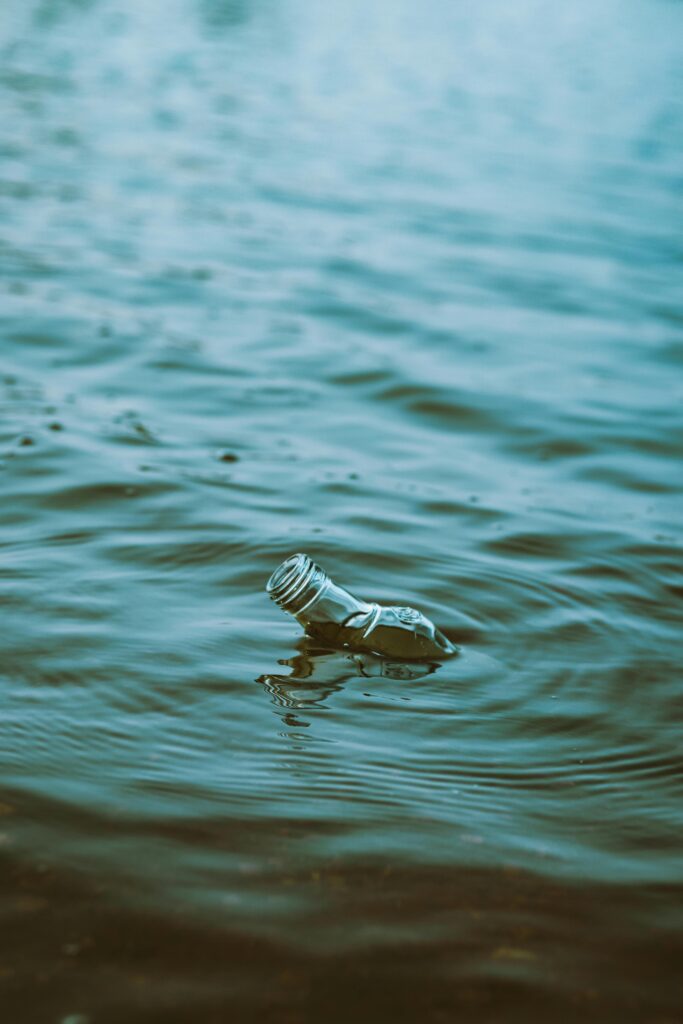
How Extreme Rowing Challenges Help In Tackling Ocean Pollution
Extreme rowing challenges are becoming a powerful force in tackling ocean polluting. As rowers spend weeks at sea, they witness pollution in real-time, collect crucial data, and raise awareness about the damage being done to marine ecosystems. Their efforts are helping scientists, policymakers, and the public understand the urgent need for action.
- Collecting real-time pollution data: Many extreme rowing events now include environmental research as part of their mission. Rowers take water samples to measure plastic levels, track floating debris, and document pollution hotspots. This data is shared with marine scientists who use it to map pollution trends and push for better conservation policies.
- Spotting plastic waste in remote waters: One of the most shocking discoveries by rowers is how far pollution travels. Plastic bottles, fishing nets, and microplastics are found thousands of miles from land, proving that no part of the ocean is safe from human waste. By reporting their findings, rowers help highlight the global reach of the pollution crisis.
- Raising awareness through storytelling: Rowers return from their challenges with powerful first-hand accounts of the pollution they’ve encountered. Seeing plastic floating in the middle of the ocean or spotting marine life struggling in waste makes the issue real for those who might otherwise ignore it. These personal experiences make a bigger impact than statistics alone, encouraging people to take action in their own communities.
- Partnering with conservation groups: Many rowing teams now work with environmental charities and research organisations to support ocean clean-ups, fund scientific studies, and promote sustainable practices. By using their platforms to share their experiences, rowers help conservation efforts reach a wider audience.
- Inspiring policy change: The evidence gathered during extreme rowing challenges provides real proof of the damage pollution is causing. This information is used to advocate for stronger laws on plastic waste, better recycling systems, and improved protection for marine life. Governments and businesses are more likely to act when they see undeniable evidence from those who have witnessed the problem first-hand.
Extreme rowers are more than just endurance athletes—they are frontline witnesses to the ocean pollution crisis. Their efforts to document and share what they see are making a real difference, pushing for change before it’s too late.
The Role Of Rowers In Collecting Data On Ocean Pollution
Rowers taking part in extreme challenges are not just testing their endurance, they are also gathering valuable data to help tackle ocean pollution. As they spend weeks navigating the open sea, they are in a unique position to observe pollution, collect scientific samples, and contribute to global research efforts.
Monitoring plastic pollution in real time: Rowers witness floating plastic, abandoned fishing nets, and microplastics in areas where few research vessels travel. By recording the location, size, and type of waste they encounter, they help scientists build a clearer picture of where pollution is concentrated and how it moves across the ocean. This data is used to identify pollution hotspots and push for better waste management strategies.
Collecting water samples for microplastic analysis: Many extreme rowing teams are now equipped with tools to collect water samples during their journey. These samples are tested for microplastics, tiny plastic fragments that enter the food chain and harm marine life. The data collected by rowers is helping researchers understand how widespread microplastic pollution has become and how it affects different parts of the ocean.
Tracking chemical pollutants and water quality: Some rowers also measure ocean acidity, temperature, and chemical pollution levels. This information is vital for scientists studying the impact of industrial waste, oil spills, and agricultural runoff on marine ecosystems. By gathering data from remote locations, rowers provide valuable insights that wouldn’t otherwise be possible.
Documenting the impact on marine life: While at sea, rowers often encounter wildlife affected by pollution. They see birds tangled in plastic, fish swimming among debris, and turtles mistaking plastic bags for food. Recording these observations helps conservation groups push for stricter regulations on waste disposal and marine protection.
Working with scientists and conservation groups: Many extreme rowing teams partner with universities and environmental organisations to ensure their findings are put to good use. The data they collect is shared with researchers who use it to develop strategies for tackling ocean pollution more effectively. These partnerships are helping to bridge the gap between endurance sports and environmental science.
By turning their extreme journeys into research missions, rowers are playing a vital role in tackling ocean polluting. Their efforts provide essential data, raise awareness, and push for real solutions to protect the future of our seas.
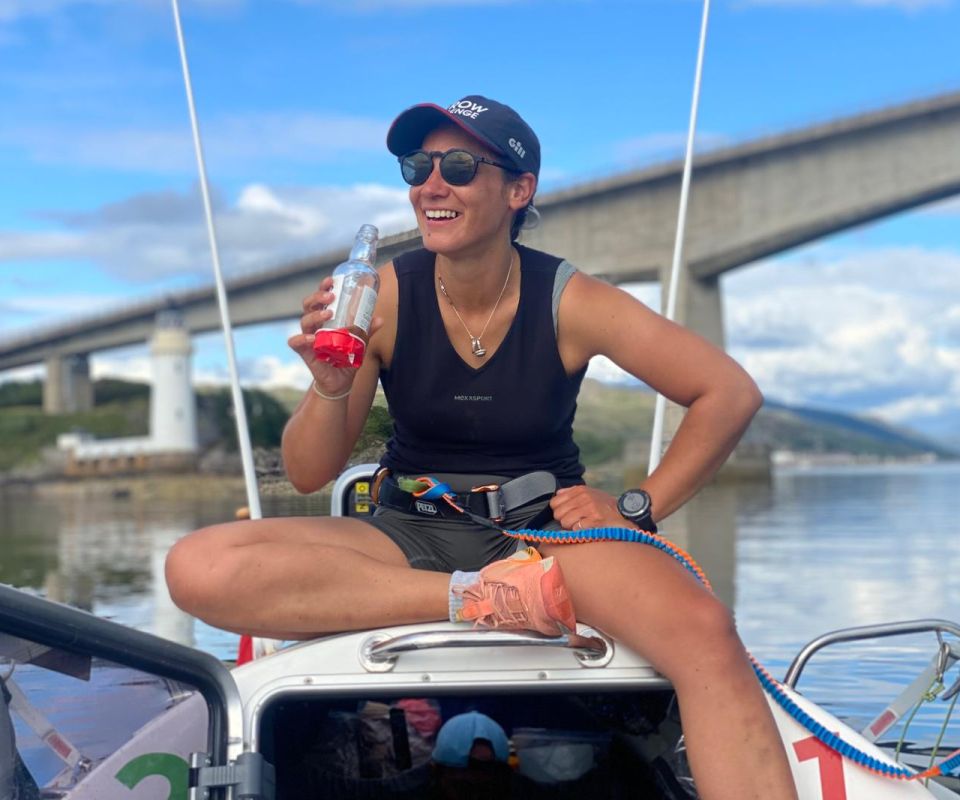
Challenges Rowers Face While Tackling Ocean Polluting
Rowers taking part in extreme challenges face many difficulties, but tackling ocean polluting adds another layer of complexity. Collecting data, raising awareness, and dealing with pollution at sea comes with unique challenges that require determination, adaptability, and teamwork.
Rowing through polluted waters: Many rowers expect tough weather conditions, strong currents, and exhaustion, but few are prepared for the sight of large amounts of waste floating in the open sea. Encountering plastic bottles, fishing nets, and even household rubbish miles from land is a stark reminder of how serious the pollution problem has become. Sometimes, debris can even get caught in oars or slow down progress, making rowing more difficult.
Health risks from pollution exposure: Spending weeks at sea means constant exposure to polluted water. Rowers collecting samples often come into direct contact with contaminants, including microplastics, chemical waste, and oil spills. Without proper precautions, this exposure can lead to skin irritation, infections, or breathing difficulties, especially when pollutants mix with saltwater spray.
Equipment challenges and extra workload: Rowing across oceans is already physically demanding, and adding data collection tasks increases the workload. Stopping to gather samples, take notes, and record sightings slows down progress and requires extra energy. Rowers must carefully balance their race or endurance goals with their commitment to tackling ocean pollution.
Unpredictable weather conditions affecting research: Collecting pollution data at sea is not easy. Strong winds, high waves, and heavy rain can make it difficult to take accurate readings or retrieve water samples. In some cases, bad weather can force rowers to abandon data collection efforts to focus on safety and staying on course.
Emotional and mental impact: Seeing the effects of pollution up close can be overwhelming. Rowers often witness marine animals struggling with plastic waste, vast areas of floating rubbish, and oil spills that stretch for miles. Knowing that their efforts can only document the issue rather than solve it immediately can be frustrating, but it also fuels their determination to raise awareness and drive change.
Despite these challenges, rowers remain committed to their role in tackling ocean polluting. Their experiences highlight the scale of the crisis and push for urgent action, proving that endurance athletes can make a real difference in protecting the planet.
Rowing For Change: How You Can Support the Cause
Tackling ocean pollution is not just the responsibility of scientists and conservationists—it’s a challenge that requires effort from everyone. Extreme rowers are already playing a key role by gathering data, raising awareness, and sharing their first-hand experiences of pollution at sea. But real change comes when people take action together.
The evidence collected during rowing challenges proves that pollution is a global issue. Plastic waste is found in even the most remote waters, marine life is suffering, and microplastics are making their way into food chains. These findings push governments, industries, and individuals to rethink waste management, reduce plastic use, and support ocean conservation efforts.
One of the most effective ways to help is by supporting the rowers and organisations working to protect the ocean. Donations to environmental research projects, joining local clean-up initiatives, and spreading awareness about plastic reduction all make a difference. Small actions, such as using reusable products, properly disposing of waste, and avoiding single-use plastics, contribute to long-term solutions.
At GB Row Challenge, we are committed to tackling ocean pollution through endurance rowing and environmental research. Our rowers witness the impact of pollution first-hand and are determined to use their journeys to inspire action. Whether you’re looking to take part in a rowing challenge, support marine research, or help raise awareness, we invite you to join us in protecting our oceans. Call us today on +44 (0) 7810 493081 to learn more about how you can get involved in the fight against ocean pollution. Together, we can make a difference, one stroke at a time.
Qualifications Needed To Partake In A Rowing Challenge
These are the qualifications or training requirements to take part in a GB Rowing Sport or Challenge;
Skipper
- Skippers require experience, therefore GB Row Challenge stipulates team Skippers must have the following Royal Yachting Association (R.Y.A.) qualifications; R.Y.A Day Skipper, Theory and Practical Sailing with experience, R.Y.A Coastal Yacht Master Offshore theory.
First mate
- R.Y.A Day Skipper Theory ideally supported with R.Y.A Day Skipper Practical.
All Crew to hold
- R.Y.A Sea Survival course, all crew members are required to attend this course.
- R.Y.A VHF / SRC (Short Range Certificate) Radio course, all crew members must have his qualification.
- R.Y.A Essential Navigation, all crew members must have this qualification.
2 x Crew Members
- R.Y.A First Aid at sea course, 2 x crew members must hold this qualification.
Training Rows
- Teams must complete a minimum of 200 hrs at sea in the boat which includes a 4 night, 5 day row along the south coast.
GB Row Challenge
GB Row Challenge is ‘The World’s Toughest Rowing Race’, and so it has the highest crew qualification and training requirements of any Ocean Rowing Challenge which helps provide teams who enter the best possible chance of completing the circumnavigation of Great Britain.
Share This Story, Choose Your Platform!
Recent Posts
Study reveals how much UK seas have warmed in a year
UK seas were, on average, 0.39°C warmer in 2023 compared to 2022, a report by the University of Portsmouth and GB Row Challenge has found. Some regions, including the Celtic and Irish Seas and the northern North [...]
How Extreme Rowing Challenge Is Tackling Ocean Pollution
Tackling ocean pollution is one of the biggest environmental challenges of our time. Extreme rowing challenges are now playing a vital role in tackling ocean polluting by gathering valuable data, raising awareness, and inspiring action. [...]

